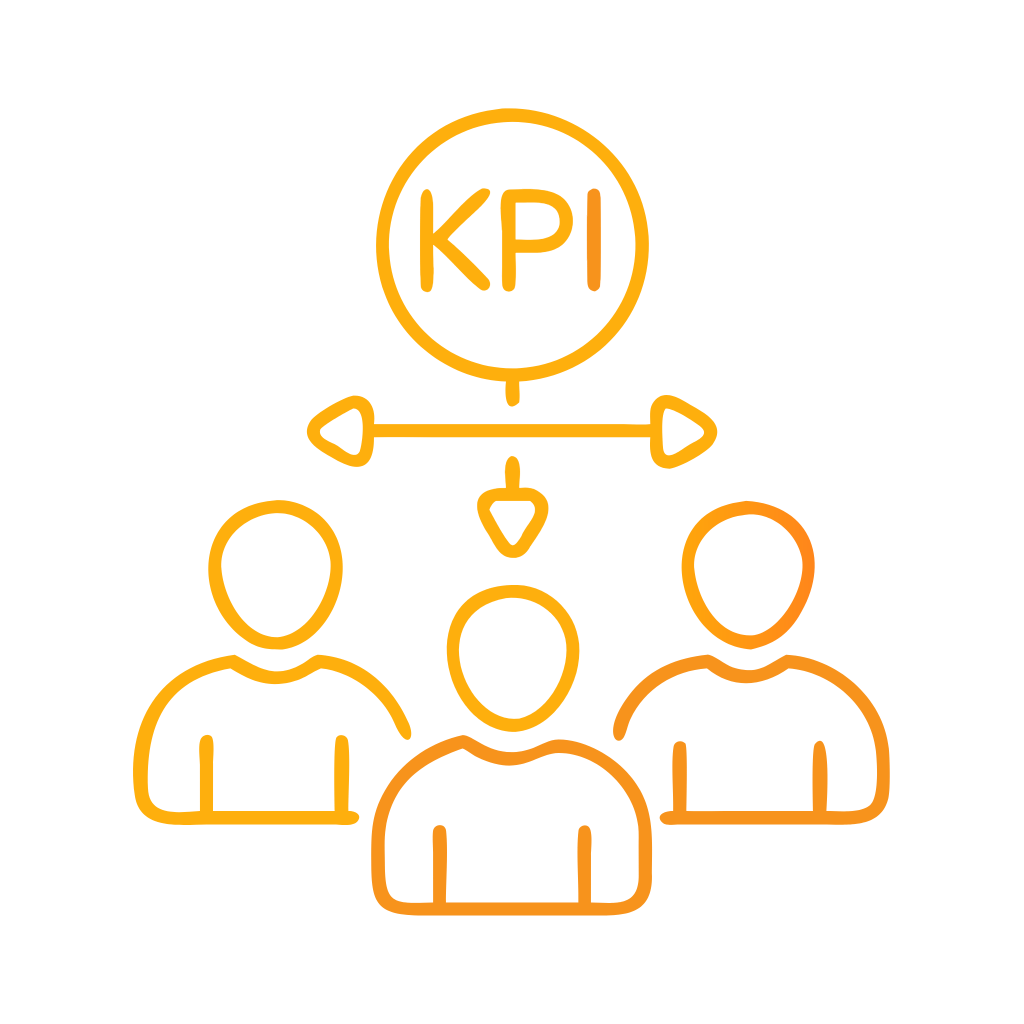“`html
Measuring VoC Program Impact: Metrics and Methods
In today’s competitive market, understanding customer sentiment is crucial. Voice of Customer (VoC) programs offer valuable insights into customer experiences, helping businesses refine strategies and enhance satisfaction. However, measuring the impact of these programs can be challenging. This article explores key metrics and methods to effectively evaluate VoC program success.
Problem: Challenges in Measuring VoC Impact
Many organizations struggle to quantify the impact of their VoC programs. Without clear metrics, it becomes difficult to justify investments and drive improvements. Common challenges include data overload, lack of actionable insights, and difficulty in linking VoC data to business outcomes.
Data Overload
VoC programs often generate vast amounts of data. Sifting through this information to find meaningful insights can be overwhelming, leading to analysis paralysis and inaction.
Lack of Actionable Insights
Even when data is analyzed, it may not always lead to actionable insights. Without clear direction, teams struggle to implement changes that enhance customer experience.
Linking VoC Data to Outcomes
Connecting VoC insights to tangible business outcomes, such as increased revenue or reduced churn, is essential. However, many organizations find this link difficult to establish.
Insight: Key Metrics for VoC Success
To overcome these challenges, organizations must focus on key metrics that reflect customer sentiment and business impact. Here are some essential metrics:
Net Promoter Score (NPS)
NPS is a widely used metric that measures customer loyalty. By asking customers how likely they are to recommend your company, you can gauge overall satisfaction and loyalty.
Customer Satisfaction Score (CSAT)
CSAT measures customer satisfaction with specific interactions or overall experience. It provides direct feedback on what customers value and areas needing improvement.
Customer Effort Score (CES)
CES assesses how easy it is for customers to interact with your company. Lower effort scores often correlate with higher satisfaction and loyalty.
Churn Rate
Tracking churn rate helps identify the number of customers leaving your business. Reducing churn is a direct indicator of improved customer experience.
Solution: Effective Methods to Measure VoC Impact
Implementing effective methods to measure VoC impact involves combining qualitative and quantitative approaches. Here are some strategies:
Surveys and Feedback
Regularly conducting surveys and collecting feedback helps capture customer sentiment. Tools like NPS, CSAT, and CES surveys provide structured insights.
Data Analytics
Utilizing advanced analytics can transform raw data into actionable insights. Predictive analytics, for example, can forecast trends and customer behavior.
Customer Journey Mapping
Mapping customer journeys highlights pain points and opportunities for improvement. Understanding the customer path allows for targeted enhancements.
Social Listening
Monitoring social media and online reviews offers real-time insights into customer perceptions. This method helps identify emerging trends and areas of concern.
Impact: Driving Business Success with VoC Programs
When effectively measured, VoC programs can significantly impact business success. Here’s how:
Enhanced Customer Experience
By understanding and acting on customer feedback, organizations can tailor experiences to meet customer needs, leading to increased satisfaction and loyalty.
Improved Products and Services
VoC insights guide product development and service enhancements. Listening to customers ensures offerings align with market demand.
Increased Revenue
Happy customers are more likely to purchase again and recommend your brand, driving revenue growth through repeat business and referrals.
Reduced Operational Costs
Identifying and addressing customer pain points can streamline operations, reduce support costs, and improve efficiency.
Practical Examples and Actionable Insights
Consider a retail company struggling with high return rates. By analyzing VoC data, they discover a common complaint about product sizing. Adjusting sizing guides and enhancing product descriptions leads to a 15% reduction in returns.
Another example is a telecom provider using VoC insights to identify frequent service disruptions. By addressing infrastructure issues, they improve service reliability and customer satisfaction scores by 20%.
Conclusion
Measuring the impact of VoC programs is vital for driving customer experience improvements and business success. By focusing on key metrics and employing effective methods, organizations can turn customer insights into powerful growth drivers. With a strategic approach, VoC programs become indispensable tools for achieving long-term success.
“`































